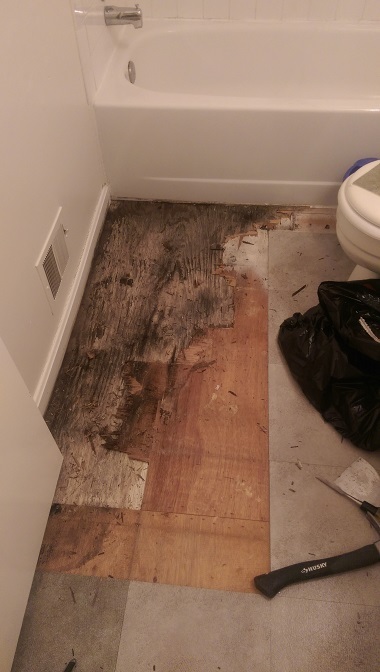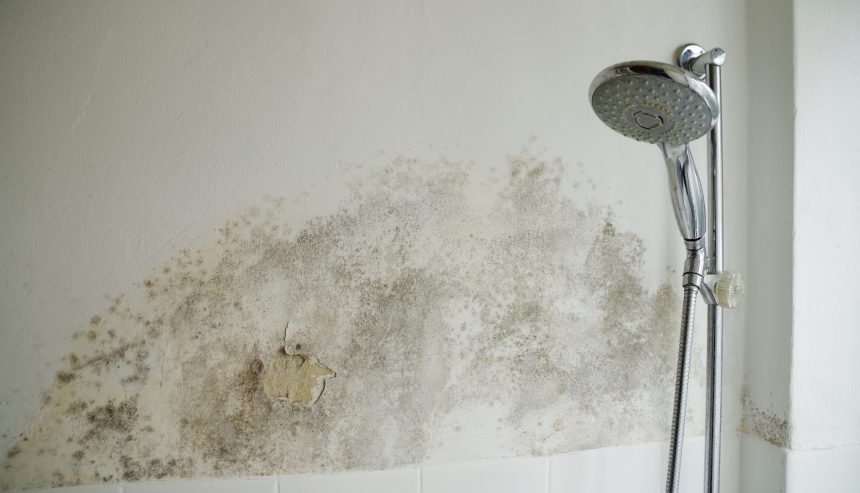Ways to Repair a Water-Damaged Wall in the Bathroom
Ways to Repair a Water-Damaged Wall in the Bathroom
Blog Article
Have you been interested in facts around How to Fix a Water Damage Bathroom?

The shower room is very susceptible for moist accumulation and also possible water damage due to the frequent use water in it. This post provides simple examination strategies to assist spotting water damages threats.
The regular use of water in the washroom makes it very susceptible for moist buildup as well as potential water damage. By inspecting it consistently, you can minimize water related problems.
The complying with set of examinations is simple to perform and also ought to be done once in every 3 months in order to keep your washroom in good shape and to avoid potential water problems triggered by the bath tub, the shower, pipeline joints and plumbing, sinks, cupboards, and the commode
Do not overlook doing these evaluations and also be extensive while performing them. Bear in mind that these simple evaluations can conserve you a lot of cash by offering very early indications for water damage
Sinks and also Cabinets
Sinks and closets are exposed to wetness and humidity day-to-day as well as are usually neglected. Evaluate routinely under the sink and also on the countertop over it. Fix any drip in the catch as it might suggest drainpipe problems. Take a look around the sink, slow-moving draining pipes might show a blocked drainpipe. Change sink seals if they are cracked or loosened.
Bath tub and Shower
The shower as well as bath tub require special focus and maintenance. Examine the floor tiles and change if fractured. Make sure that there is no missing cement in between the tiles. Examine as well as change cracked caulking at joints where the walls satisfy the flooring or the bath tub. Clogged drains as well as pipelines troubles will certainly protect against the bath tub from drying out and may indicate serious problems below the tub. Talk to a specialist quickly to stop architectural damages. Take notice of stainings or soft locations around the bath tub wall surfaces as they might show an inner leakage.
Plumbing
Signs for water damages are tough to identify given that the majority of pipelines are mounted inside the wall surfaces.
Pay unique interest to floor covering as well as walls moisture and stains as they may indicate an invisible plumbing trouble. Examine moisture levels in adjoining rooms as well.
The Toilet
The toilet is a susceptible water junction. Check the water lines and look for leakages around the commode seat, in the tube, and also under the water container. If you identify any kind of indicators of dampness on the flooring around the bathroom, check for leaks in the toilet rim and tank seals.
Be aware that hanging toilet dish antiperspirants raises the opportunities for blockages.
TIPS TO PREVENT WATER DAMAGE IN THE BATHROOM
The average household uses approximately 80-100 gallons of water per person per day. For a family of 4, that's almost 2,500 gallons of water a week! The largest portion of this consumption comes from bathroom use. Flushing the toilet uses the most water, followed by taking a shower or bath. With that much water running through the home, water damage in the bathroom is bound to happen. Knowing how to spot signs of a water leak is essential to preventing long-term damage. This guide provides you with tips to reduce the impact of water damage on your bathroom.
CAUSES OF BATHROOM WATER DAMAGE
Pipe breaks are the most common cause of water damage we see in our daily jobs. The age of a pipe plays a large role in a pipe break as well as corrosion. Over time, the metal begins to break down, allowing water to escape. Frozen pipe breaks are also a concern in the winter months. Toilet overflows caused by paper products or children flushing inappropriate items. Degraded caulking around the toilet or bathtub can allow water seepage, sometimes behind the fixture, into the subfloor or walls. Condensation forms when the water in a pipe is cooler than the air temperature. Beads of water form on the exterior of the pipes, sometimes so much so that the water begins to drip and pool below. Sink or shower backups created by poor drainage. HOW TO PREVENT WATER DAMAGE IN YOUR BATHROOM
Inspect your toilet supply line for worn or frayed hoses and replace them as needed. Winterize your plumbing to prevent a frozen pipe break. Use vent fans to prevent condensation that can lead to mold growth. Routinely check and replace degraded caulking around your toilet or bathtub. Increase the temperature in your toilet tank and insulate your pipes during the warm summer months to keep condensation from forming. Use child safety locks on the toilets. Flush only toilet paper. "Flushable" wet wipes are actually not good for your plumbing system. Additionally, feminine hygiene products should not be flushed. Prevent water from escaping the tub or shower. Make sure shower curtains are in good condition. Inspect shower doors and replace the seal strip if necessary. Wipe up any water that accumulates on the floor and use bath mats. Water left to sit can cause damage to the tiles and flooring. Refrain from using bath products containing heavy oils to avoid a clogged drain.

Do you really like more info about How to Fix a Water Damage Bathroom? Give a remark further down. We'd be pleased to see your insights about this page. In hopes to see you back again later on. Sharing is caring. One never knows, you may be doing someone a favor. Bless you for your time. Kindly come visit our blog back soon.
Schedule Service Report this page